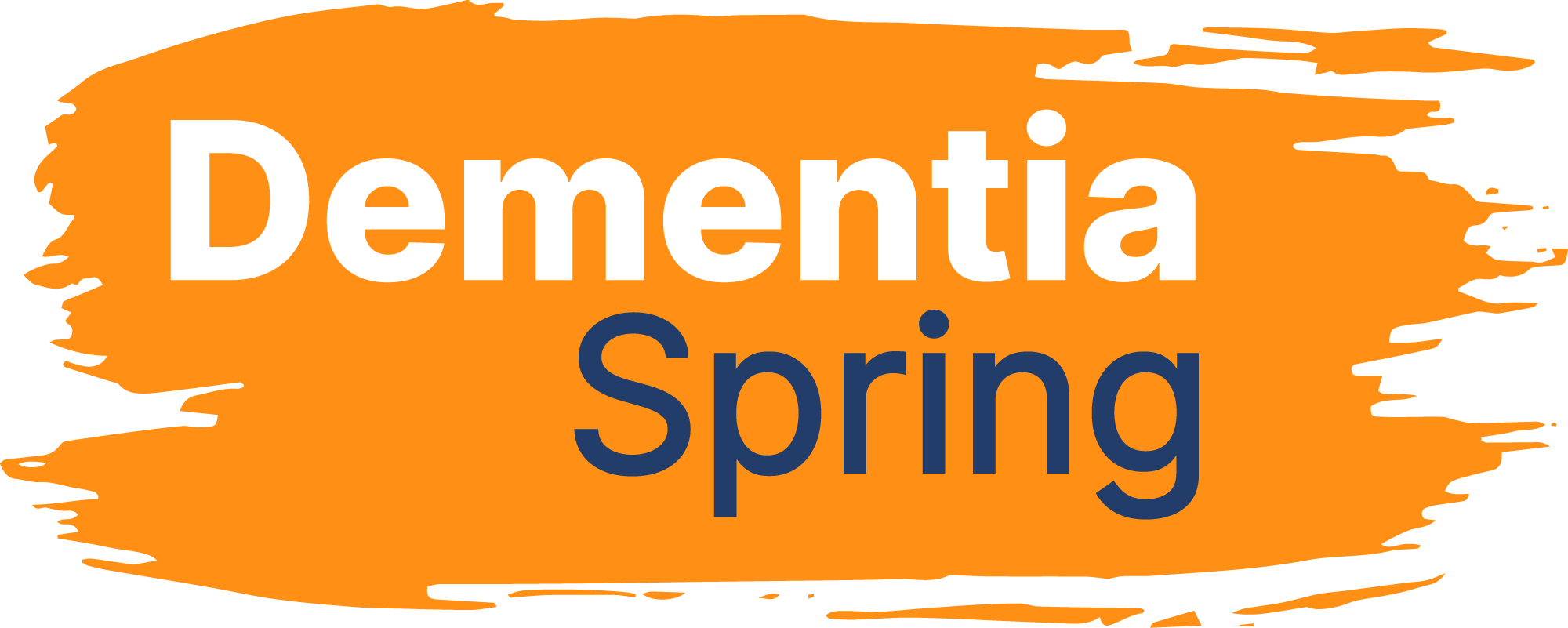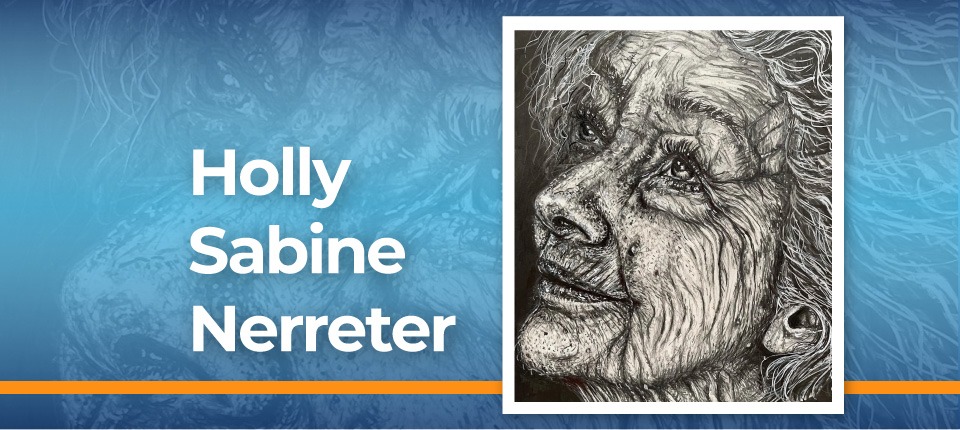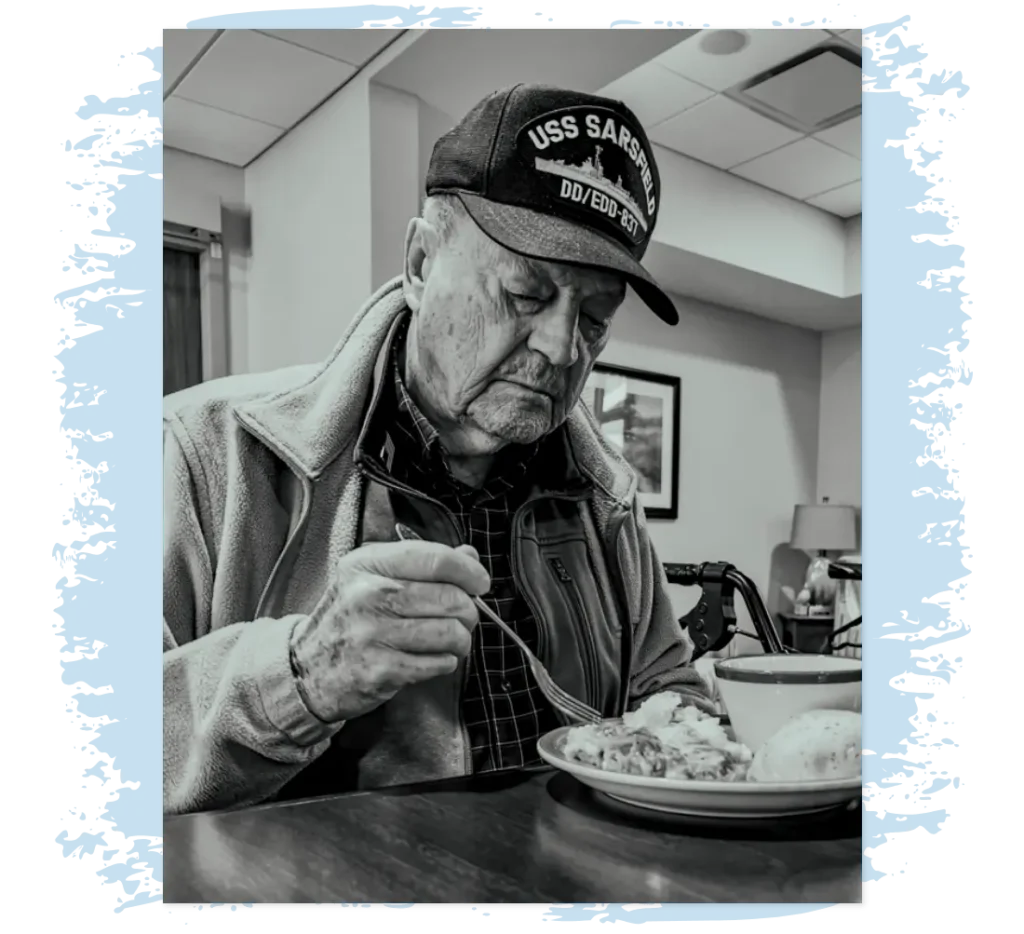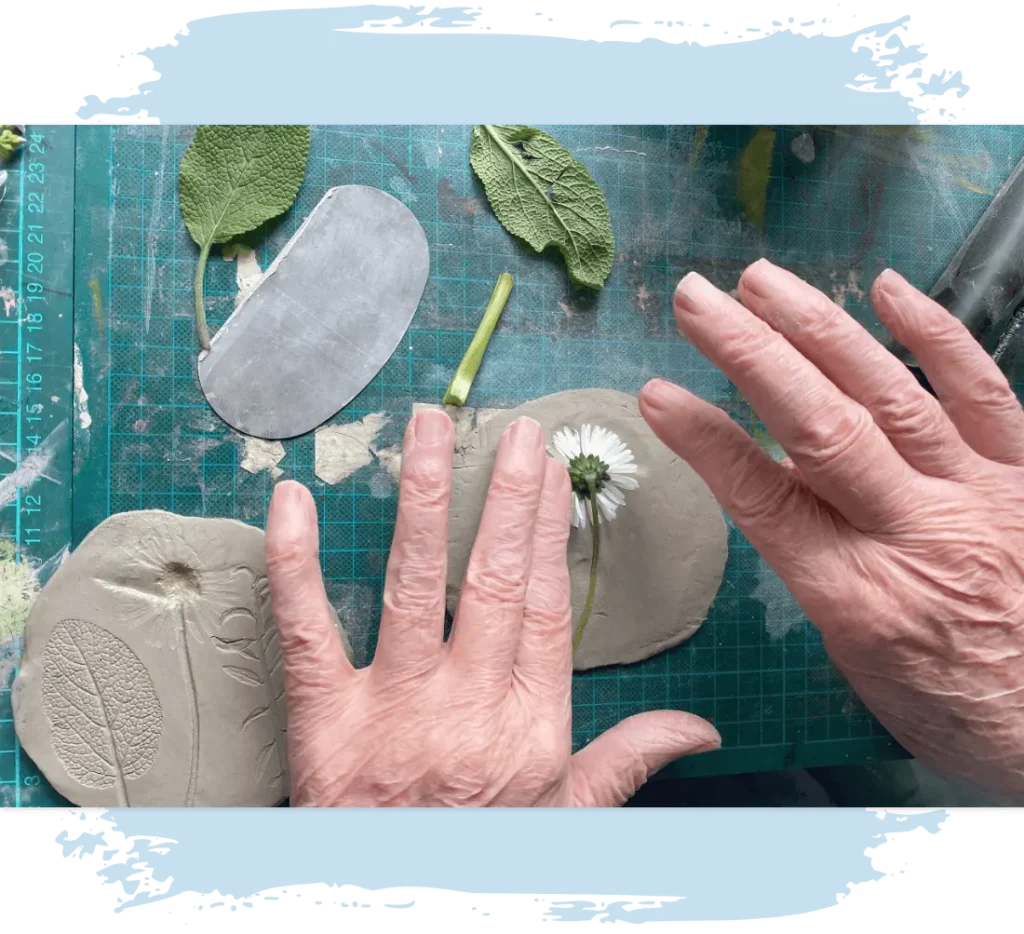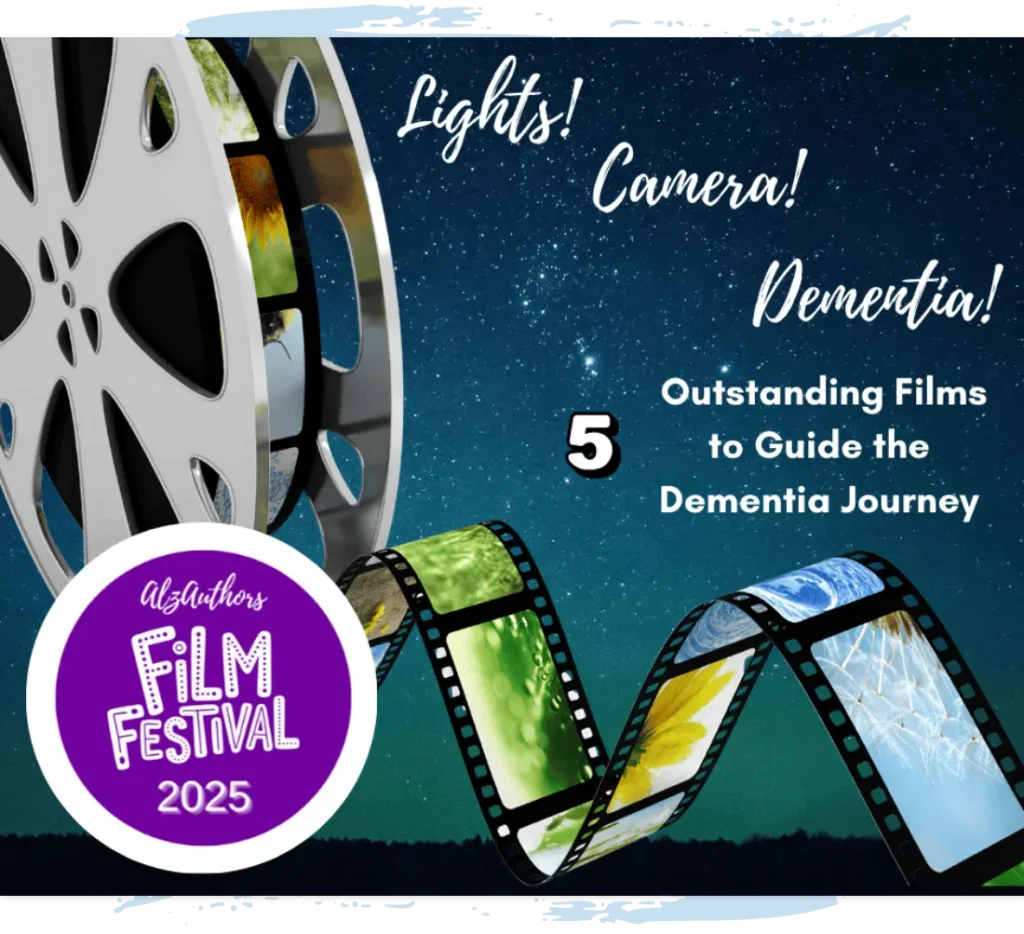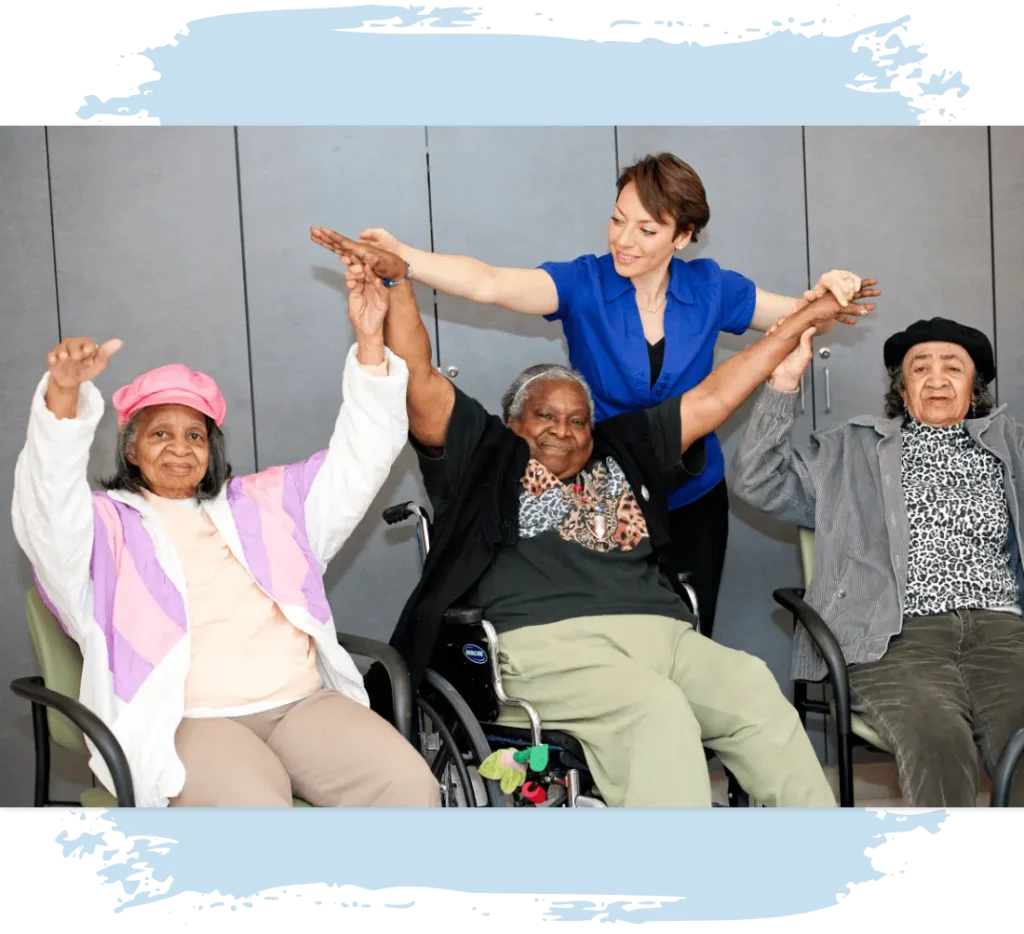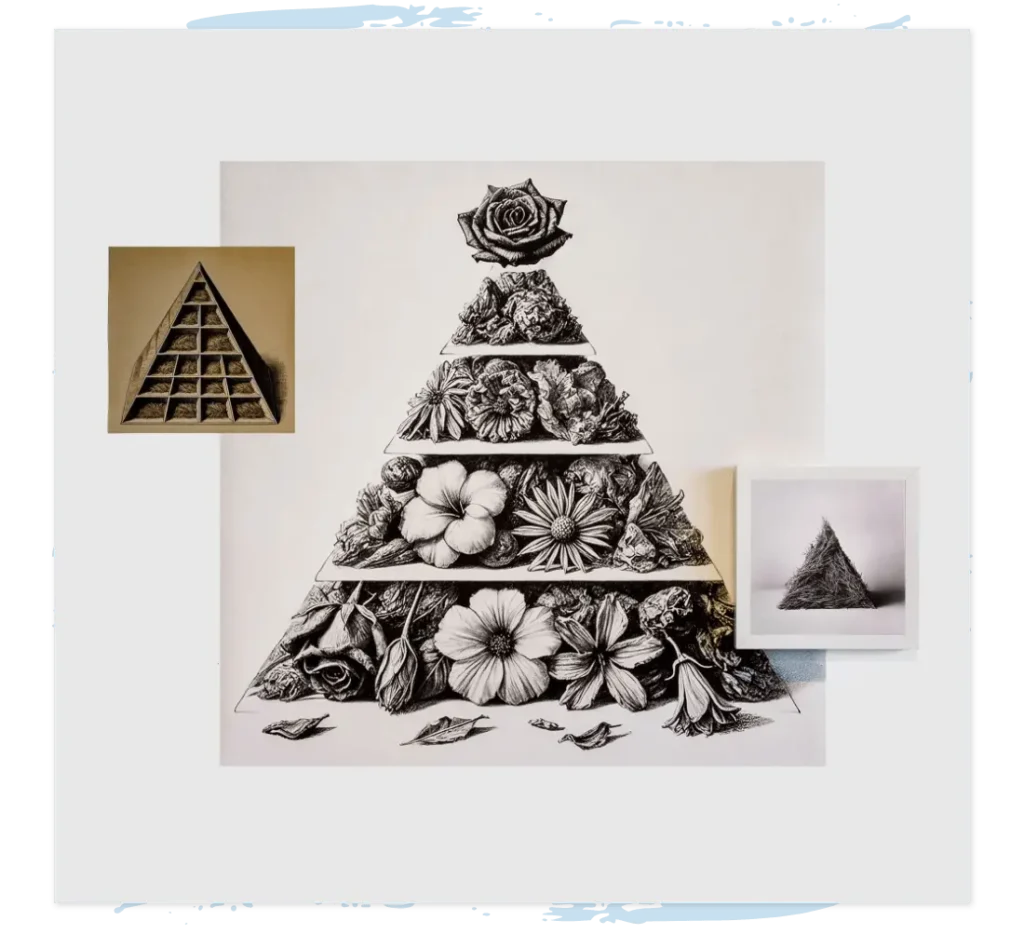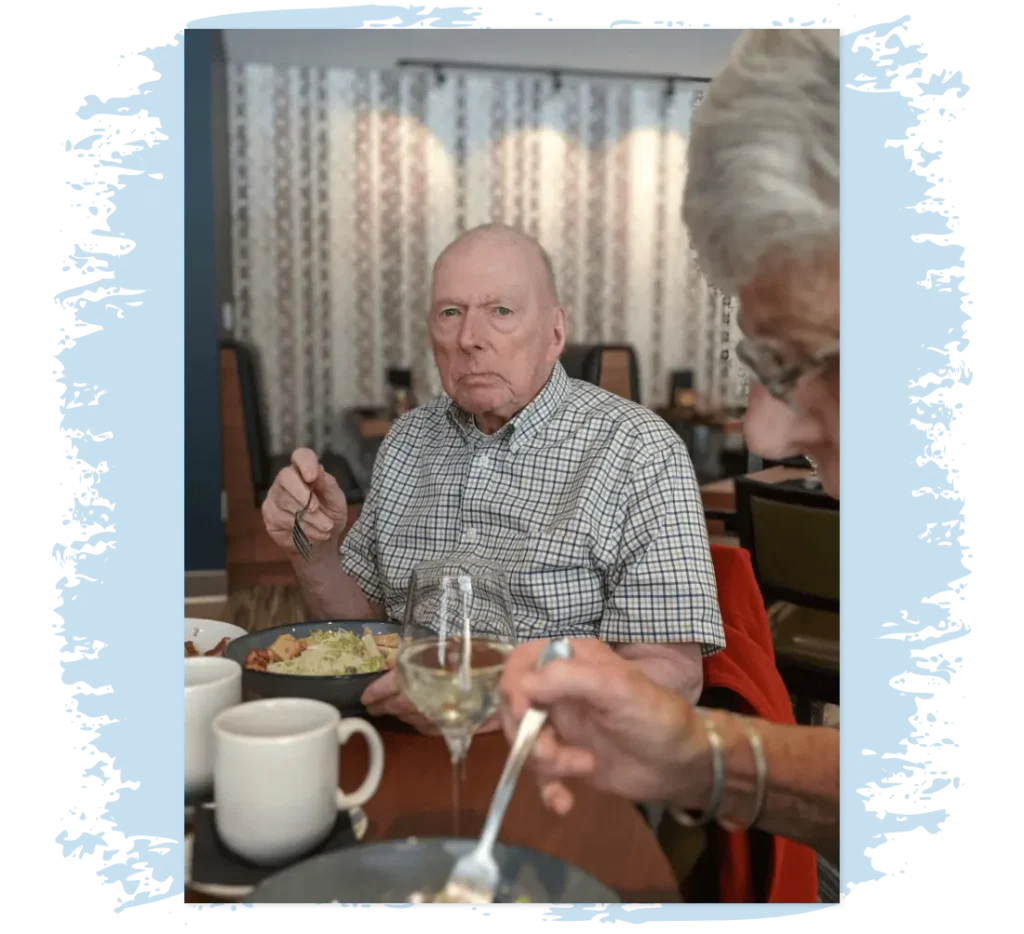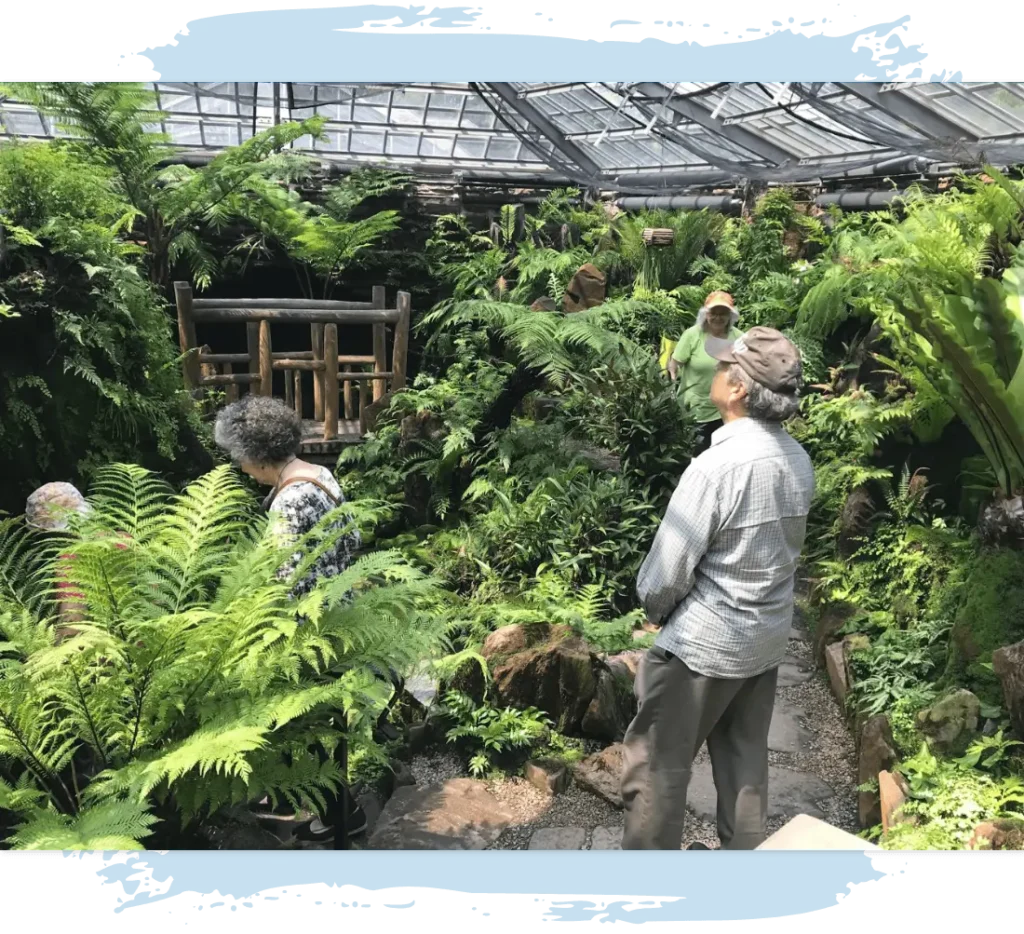Holly Sabine Nerreter’s drawings and portraits of older persons are incredibly rich and detailed, informed by her mother’s journey into dementia which was initially caused by a brain tumor.
Nerreter hadn’t had any prior experience with memory loss before her mother fell ill, but then ‘it was like a dementia onset overnight,’ she says. ‘She’s forgotten how to lift a cup, how to stand up. And it’s been so scary.’
The portraits of older adults, drawn in pencil from her series “Protect the Past to Save the Future”, emphasize the eyes above all else, which are often big, sometimes even over-exaggerated. ‘The eyes are always important to me, a window to the soul,’ she says. ‘I put a lot of emotion into the eyes.’ In another series based on her experiences with domestic abuse, “Love Hurts,” she depicts bruised eyes in particular.
‘I portrayed the issue of domestic abuse because it’s such a secret thing, but if you open your eyes you might recognize that your neighbor or friend might be going through it and might need help.’
Another aspect that has captured Nerreter’s attention are wrinkles. Whether in the hands she draws, or the faces, the wrinkles are very, very detailed and take a long time to draw. ‘Wrinkles show where you have been in your life, what has happened. Like a map into an individual life. I can lose myself in them.’
Wrinkles can also be signals of passing time, another theme explored by Nerreter in her work. She references her mother’s shifts in time; “She is like a time traveler”. Through this, Nerreter finds the challenge of caring for someone when they don’t recognize or understand the need for help.
Nerreter’s experience with her mother has made her appreciate the present more than ever- especially moments of laughter. ‘Memory loss is not all doom and gloom,’ she says. ‘The moments where you are present together are more precious, in the moment….There are times of great joy, and of humor, and these become so important for families to share.”
Her drawing “Protect the Past to Save the Future – #7” is being shown now in a group show in London. The woman she drew is looking up and has optimism in her eyes, inspired by what Holly saw as the worst of the pandemic seemed to be behind us.
Coming out of the pandemic is an opportunity for us to look around, to see each other as human beings who have stories, feelings. For Nerreter, art has been her way to connect with others, especially those who can often be overlooked in our society.
“You don’t have to like everyone,’ Nerreter says, ‘but everyone deserves to be seen and that’s my point.’
